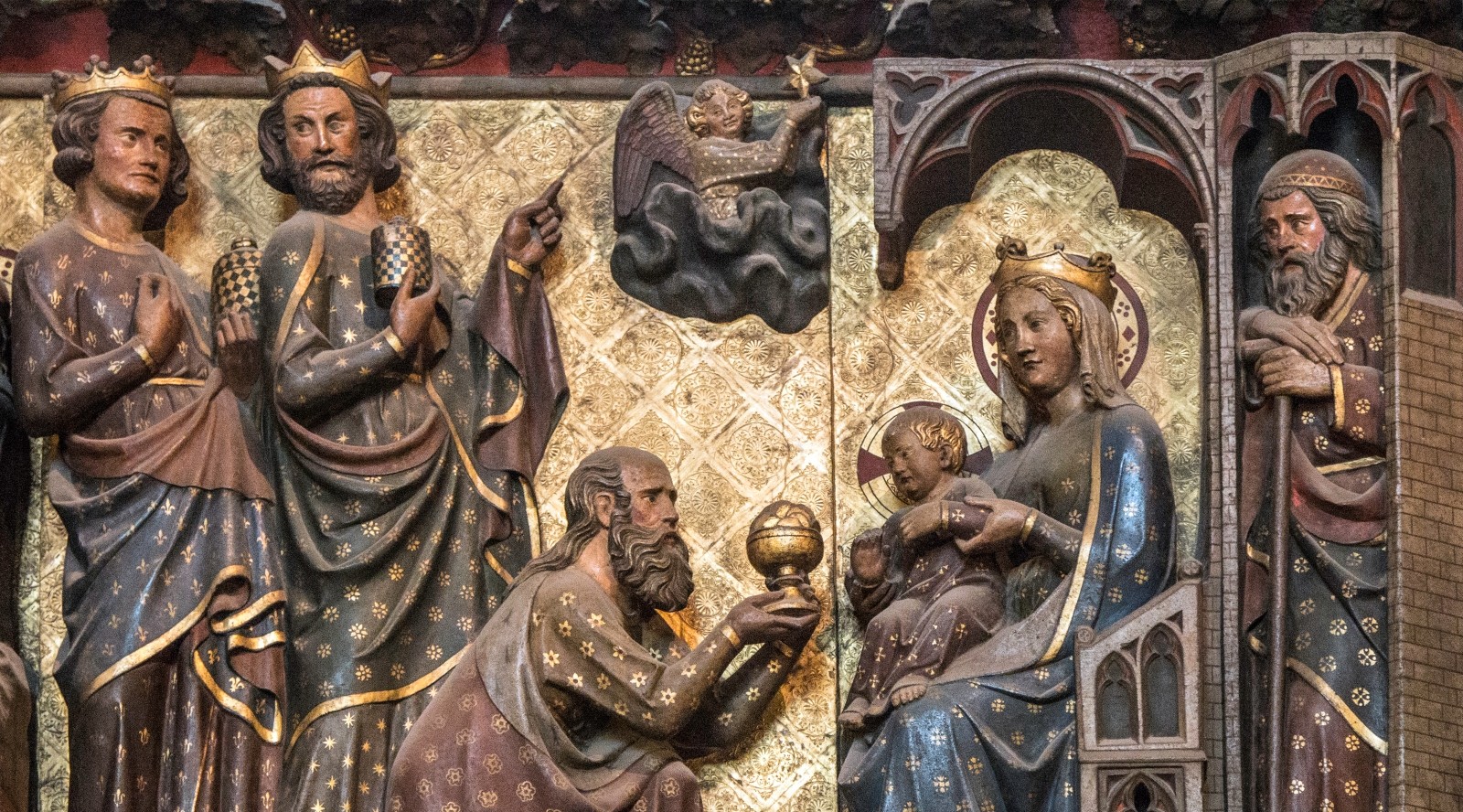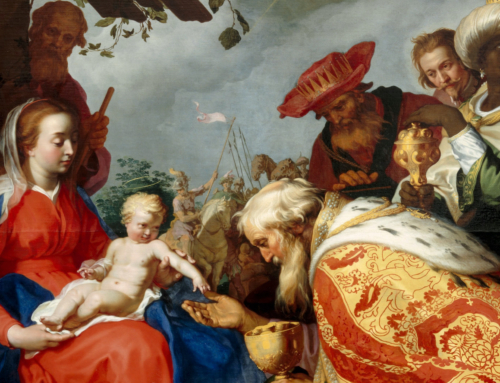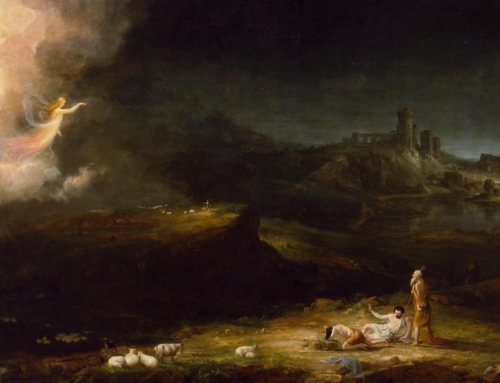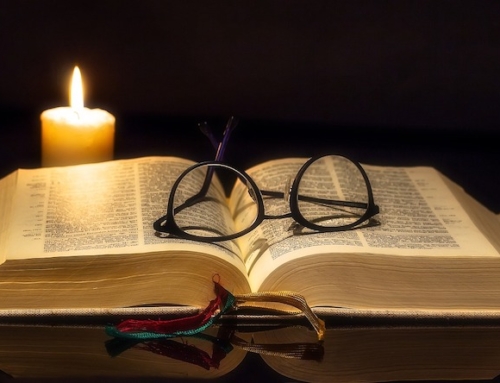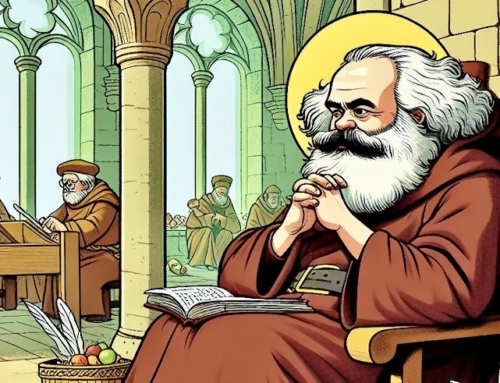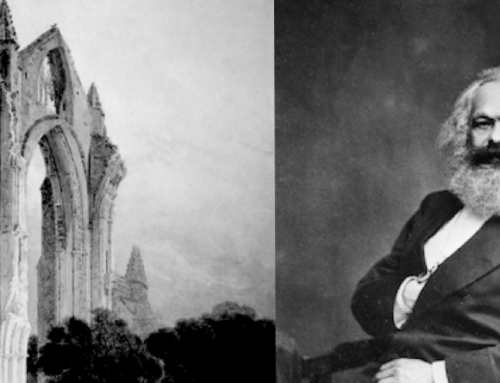Lectio Divina: A Meditation on the Gospel
With the Gospel reading from the upcoming Sunday Mass as its principal source-text, each Lectio Divina (“Sacred Reading”) essay offers a prayerful meditation of the Sacred Scriptures—one which draws from the wealth of biblical literature, as well as the prayer life of the individual author.
For the entirety of the Advent season, the Church has been invoking God as the Creator of the stars in her evening Vespers hymn. With tomorrow’s feast of the Epiphany of the Lord, this prayer finds its glorious resolution. God’s faithful people have always looked to the stars. Indeed, God asked Abraham to look to the heavens and do the impossible: count the stars—“so shall your descendants be” (Gen 15:5). Abraham could neither see nor count them all, but there is a blessing for “those who have not seen and yet believe” (John 20:29).
The Gospel for the Feast of the Epiphany turns us back to the night sky. We hear about a star that Abraham never saw with his own eyes, a star whose first appearance in the Bible is shrouded in prophecy, revealed by the Holy Spirit to one of the unlikeliest of sources, the erring prophet Balaam, who says, “I see him, but not now; I behold him, but not nigh: a star shall come forth out of Jacob, and a scepter shall rise out of Israel” (Num 24:17). At the time of Balaam’s prophecy, God’s people were just coming to the Promised Land, amidst the exodus from Egypt. We will not hear about this star again until we find it here, “stopped over the place where the child was” (Matt 2:9).
While seemingly hidden, this star had remained long in the hearts of God’s people, a people who “put their hope in his mercy” (Ps 147:11). God’s people received this hope when they first entered the Promised Land, and they carried it with them when they went into the Babylonian Exile. The prophet Jeremiah writes to the exiles of this “future of hope” (Jer 29:11). The stories of Daniel, Tobit, and Esther shine with hope as if they had this star in their hearts (cf. 2 Pet 1:19). Because of the brilliance of their virtue, it is no surprise that these Magi from the East were also awaiting the Christ with hope in their hearts. Hope attains God both as its final reward and as divine helper to reach its reward (ST II-II, q. 17, a. 2). And so traveled the Magi—with the Creator of the stars as their guide and helper—to find the very Son of God, Jesus, “the bright morning star” (Rev 22:16).
Searching for their hope, they find “the child with Mary his mother” (Matt 2:11). Mary is the mother of holy hope (Sir 24:18). In a true search for Christ, we cannot but find ourselves with Mary at our side. To be with her is to be at Nazareth as every hope is made true at the angel’s message, to be in Bethlehem as the Lord is manifested to the world, to be at Cana as his miracles pour forth, and to be on Calvary, with our eyes on the Lord and his Cross, as salvation is won. “The sun and moon and stars are bright, obedient in the task for which they are sent” (Bar 6:59). It was not just that one Star of Wonder that was sent for us. Every Star of Night shines to lead us to God. Let us then, with the Magi, follow that Star with Royal Beauty bright to find our deepest hope.
✠
Photo by Fr. Lawrence Lew, O.P. (used with permission)

